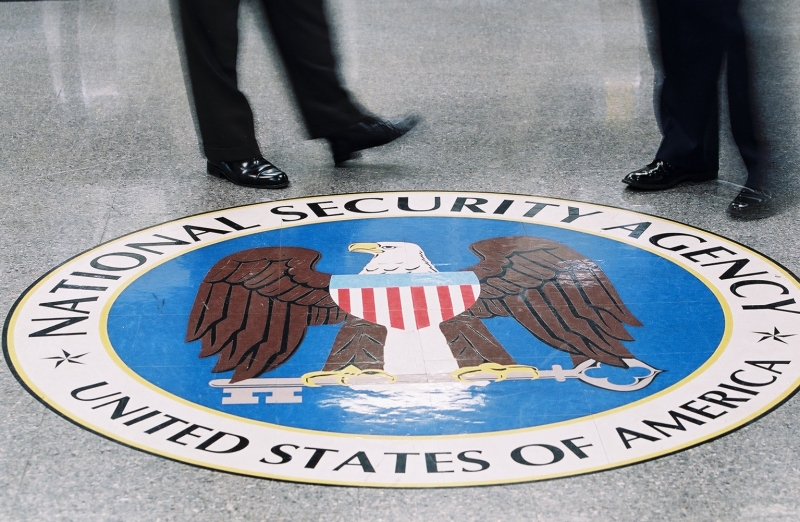New documents reveal which encryption tools the NSA couldn’t crack
Thanks to Edward Snowden, we’re getting a new look at which programs can successfully keep out the NSA. A report in Der Spiegel has shed new light on the NSA’s encryption-breaking programs, and put a spotlight on the handful of programs that are still giving them trouble. The findings, based on leaked documents, were also presented onstage at the Chaos Computer Club Conference in Hamburg by researcher Jacob Appelbaum and Laura Poitras, who took the findings as a call to action. “We really wanted to have some of these answers for 15 years,” Appelbaum told the crowd.
THE REPORTS DESCRIBE “MAJOR PROBLEMS” FOLLOWING USERS ACROSS THE TOR NETWORK
strea
The most impressive news to come out of the dump is that, as of 2012, certain emails and chats were still indecipherable by the NSA database when they had been encrypted with the right tools. Reports describe “major problems” following users across the Tor network, or deciphering messages sent through heavily encrypted email providers like Zoho. The agency reported similar problems when deciphering files that had been encrypted with TrueCrypt, an open-source disk-encryption program that was discontinued earlier this year. PGP encryption tools and OTR chat encryption also caused major problems for the agency, causing entire messages to disappear from the system, leaving only the message: “No decrypt available for this PGP encrypted message.”
“NO DECRYPT AVAILABLE FOR THIS PGP ENCRYPTED MESSAGE.”
Not every service fared so well. Following a particular file across the web is marked as “trivial,” while decrypting emails sent through the Russian mail service “Mail.ru” is marked as “moderate.” Virtual private networks also offer little protection: documents show the NSA planning the capacity to surveil 20,000 VPN connections per hour. Perhaps most alarming, the NSA seems to have completely circumvented the HTTPS system, which is used to secure connections between websites and browsers. By late 2012, the agency expected to be able to intercept 10 million HTTPS connections per day.
This also doesn’t mean PGP and Tor users are completely inaccessible. Law enforcement has performed successful attacks on Tor using a variety of tactics, and even the most impressive encryption tool can’t get around a local malware infection. The age of the documents has also raised concerns: documents from 2012 show the NSA struggling to crack the AES encryption standard — one of the most widely used standards in cryptography — and some observers are worried that the NSA’s efforts may have succeeded in the two years since.
For security experts, the result is a mixed bag. Many of the cracked standards were already known to be faulty, so the news of widespread HTTPS circumvention is alarming, but not entirely surprising. At the same time, anyone depending on PG or Tor to throw off surveillance should be relieved to find evidence that the tools have often succeeded in doing just that. But for Appelbaum, the broader lesson was the ongoing fight between government surveillance and private communications. “During the crypto wars, we thought that we had won…. We thought that with cryptography we could change the entire balance,” Appelbaum said. “We can say now that the first crypto wars were not won. If anything they were lost, or they’re still going on now.”










Leave A Comment